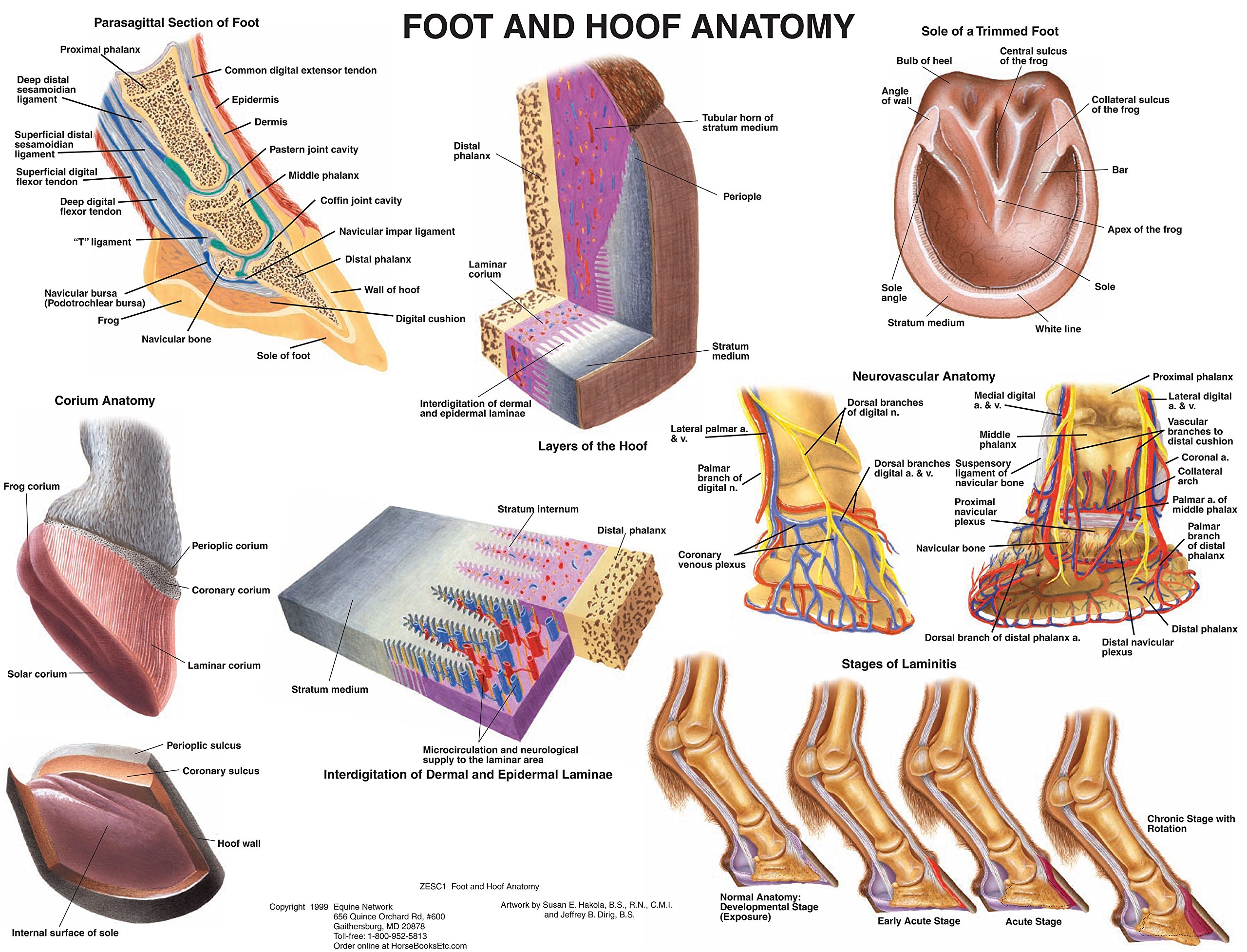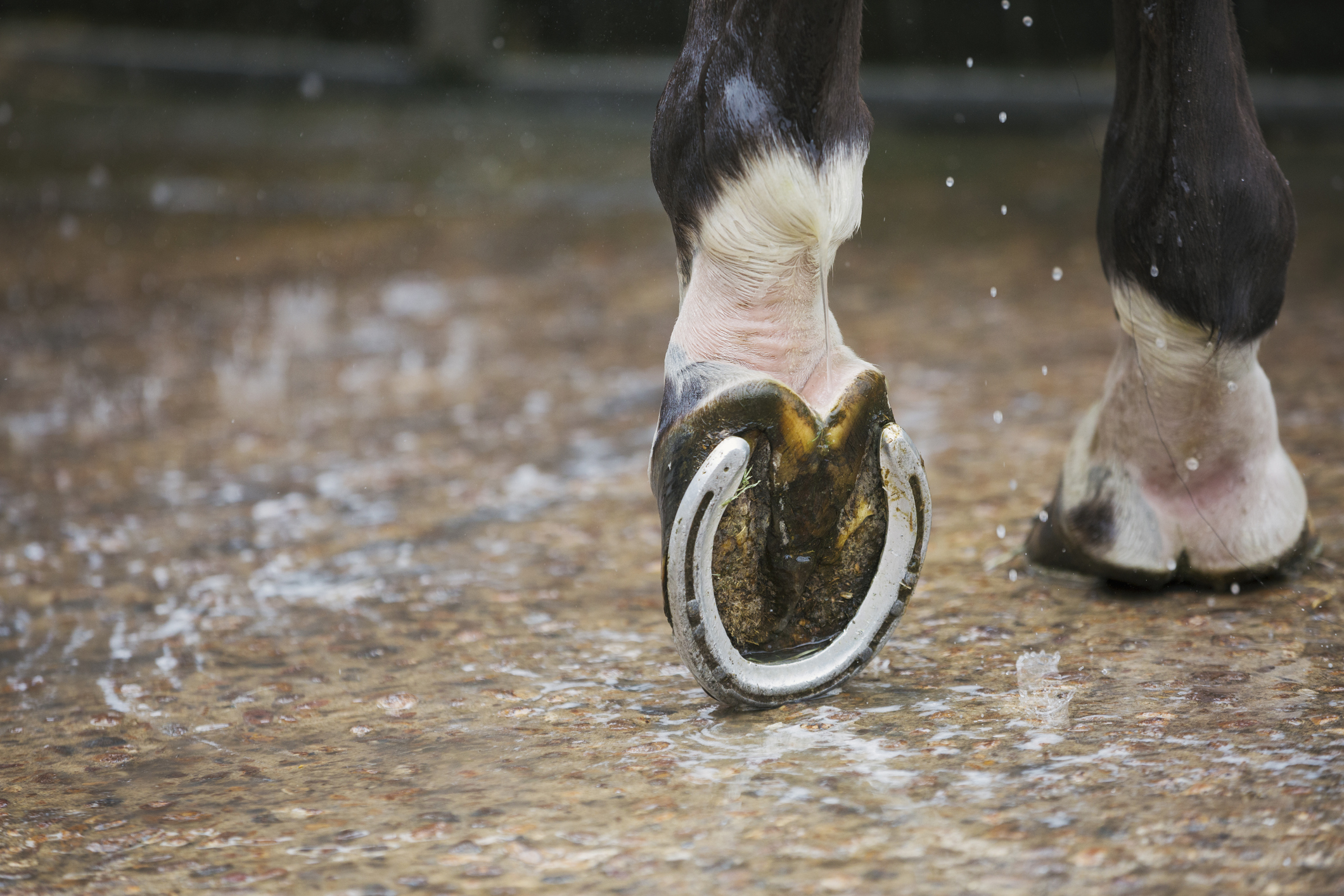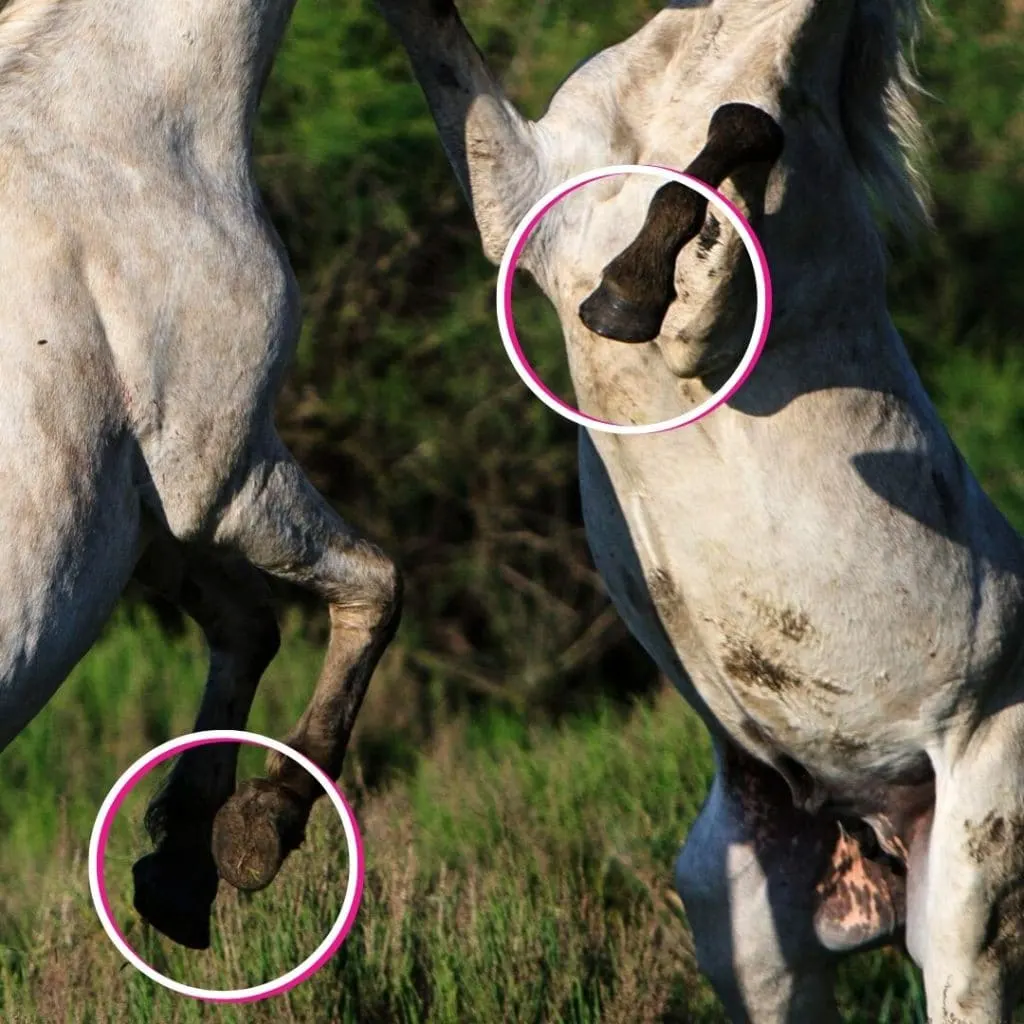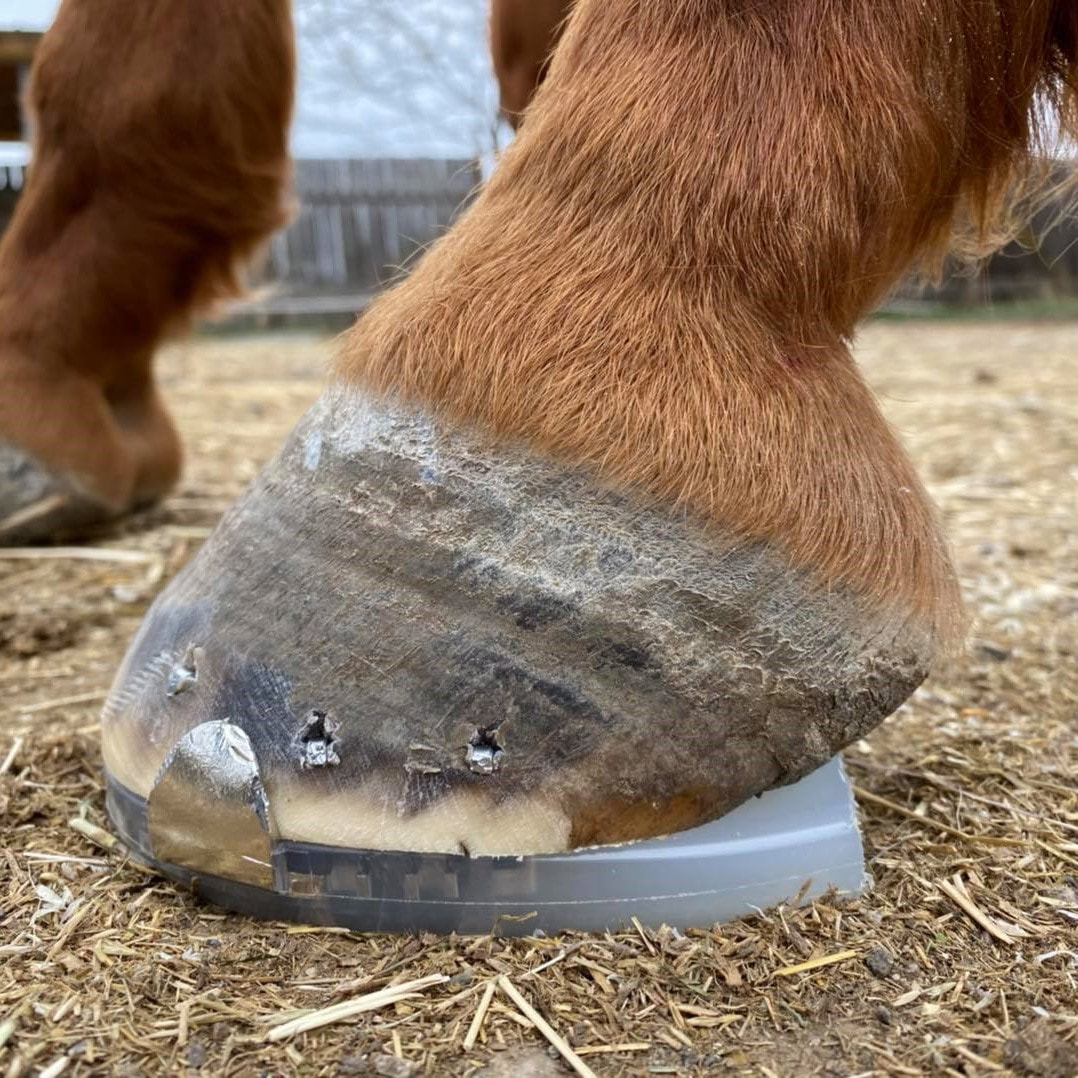Horse hooves are a crucial part of a horse’s anatomy, providing support and protection to the animal’s entire body. To maintain the health and functionality of a horse’s hooves, regular trimming is essential. Proper hoof care is vital for a horse’s overall well-being and performance. In this article, we will explore the reasons why horse hooves need to be trimmed and the importance of this practice in ensuring the health and comfort of these magnificent animals.
The Anatomy of Horse Hooves

Before delving into the reasons for hoof trimming, it’s important to understand the anatomy of horse hooves. A horse’s hoof consists of the hoof wall, sole, frog, and sensitive laminae. The hoof wall is the hard outer portion that protects the sensitive internal structures. The sole provides additional protection and support, while the frog, located at the back of the hoof, helps with shock absorption and circulation. The sensitive laminae, also known as the “quick,” is a highly sensitive tissue that connects the hoof wall to the coffin bone within the hoof capsule.
Function of the Hoof
The hoof plays a crucial role in a horse’s ability to move and support its body weight. It acts as a shock absorber, providing cushioning and protection to the bones and soft tissues within the hoof. Additionally, the hoof provides traction and grip, allowing the horse to navigate various terrains with stability and confidence. Understanding the vital functions of the hoof underscores the importance of regular maintenance, including trimming.
Reasons for Hoof Trimming

Preventing Overgrowth
One of the primary reasons for trimming a horse’s hooves is to prevent overgrowth. In the wild, horses naturally wear down their hooves through constant movement over varied terrain. However, domesticated horses often have limited access to natural environments that promote natural wear. As a result, their hooves may grow faster than they wear down, leading to overgrowth. If left unchecked, overgrown hooves can cause discomfort, imbalances, and lameness in horses.
Correcting Imbalances
Hoof trimming also plays a critical role in correcting imbalances that may develop in a horse’s hooves. Imbalances can occur due to a variety of factors, including conformation, injury, or uneven wear. By carefully trimming the hooves, a farrier can help restore proper balance and alignment, reducing the risk of musculoskeletal issues and promoting soundness in the horse.
Preventing Cracks and Chips
Regular trimming helps to maintain the integrity of the hoof wall, reducing the likelihood of cracks and chips. Cracks and chips not only compromise the structural integrity of the hoof but can also lead to pain and lameness if left unaddressed. By keeping the hooves properly trimmed, these issues can be minimized, allowing the horse to move comfortably and confidently.
Supporting Optimal Performance
Well-maintained hooves are essential for a horse’s performance, whether in the show ring, on the trail, or in athletic competitions. Properly trimmed hooves provide the necessary support and stability for the horse to move with efficiency and grace. By ensuring that the hooves are in optimal condition, horse owners and trainers can help their equine partners perform at their best.
Preventing Thrush and Infections
Hoof trimming also plays a role in preventing common hoof ailments such as thrush and other infections. Overgrown hooves can create pockets where dirt, debris, and moisture accumulate, providing an ideal environment for bacteria and fungi to thrive. By maintaining proper hoof length and balance, horse owners can reduce the risk of these painful and potentially debilitating conditions.
The Importance of Professional Farriery

Expertise and Skill
While some horse owners may attempt to trim their horse’s hooves themselves, professional farriery is essential for ensuring the best possible hoof care. Farriers undergo extensive training and education to develop the expertise and skill required to assess, trim, and shoe hooves effectively. Their understanding of equine anatomy, conformation, and biomechanics allows them to provide individualized hoof care that meets the specific needs of each horse.
Customized Care
Every horse is unique, and their hoof care needs may vary based on factors such as age, discipline, and conformation. A professional farrier can evaluate each horse’s hooves and develop a customized trimming and maintenance plan to promote optimal hoof health. This personalized approach is invaluable in addressing any existing issues and preventing future problems related to the hooves.
Use of Specialized Tools
Farriers have access to specialized tools and equipment designed specifically for hoof care. From hoof knives and rasps to nippers and clinchers, these tools enable farriers to perform precise and effective hoof trimming. Additionally, farriers may also recommend corrective shoeing or other therapeutic measures to address specific hoof-related concerns, further highlighting the importance of their expertise in maintaining hoof health.
Frequency of Hoof Trimming

Individualized Schedule
The frequency of hoof trimming varies for each horse and is influenced by factors such as the rate of hoof growth, the horse’s activity level, and the specific conditions of the environment in which the horse is kept. Generally, horses should have their hooves trimmed every 6-8 weeks, but this timeline may be adjusted based on individual needs and circumstances.
Regular Monitoring
In addition to scheduled trimming appointments, regular monitoring of the hooves is essential. Horse owners should routinely inspect their horse’s hooves for signs of overgrowth, cracks, or other issues that may necessitate more frequent trimming or specialized care. By staying attuned to their horse’s hoof health, owners can proactively address any concerns and work in collaboration with a farrier to maintain optimal hoof condition.
Curious about horse care? In our article on how often horses need shoes, we delve into the importance of proper hoof care. We also explore how often horses need their teeth floated for optimal health. Additionally, if you’ve ever wondered if it hurts when horses get their hooves trimmed, we’ve got you covered. Understanding horse care is essential for any equestrian enthusiast!
Conclusion

In conclusion, the maintenance of a horse’s hooves through regular trimming is a fundamental aspect of equine care. By preventing overgrowth, correcting imbalances, and promoting overall hoof health, trimming plays a vital role in ensuring the well-being and soundness of horses. Professional farriery, combined with a personalized approach to hoof care, is essential for addressing the specific needs of each horse and promoting optimal performance and comfort. Through ongoing attention to hoof health and collaboration with knowledgeable professionals, horse owners can support their equine companions in leading healthy, active, and fulfilling lives.



